Fixed Rates
30 yr
25 yr
20 yr
15 yr
10 yr
Compare Terms
Compare Rates
Real APR
Adjustable Rates
Qualification
Affordability
Renter Affordability
Rent vs Buy
Price per Square Foot
Jumbo
Home Sellers
 Mortgage Payment Calculator
Mortgage Payment CalculatorThis calculator helps home buyers estimate their monthly principal & interest payment along with the full PITI mortgage payment when buying a home. Enter the home price, down payment, APR, loan term & other homeownership expenses and we will estimate the cost of homeownership. Once you have entered all of your details you can use the button at the bottom of the calculator to create a printable amortization schedule.
This calculator is for US mortgages. We also offer a Canadian mortgage calculator and a UK mortgage calculator.
Guide published by Jose Abuyuan on September 7, 2020
Purchasing a house can be an overwhelming process, whether you’re doing it for the first time or taking out another home loan.
If you are not well informed about your options, you might choose what seems convenient but is actually costlier in the long run. That’s why it’s important to evaluate everything, from the home’s location to your financial readiness, all the way to types of mortgage programs, different terms and interest rates.
In this guide, we will discuss key factors you must consider before buying a house, along with different home loan options and how they might suit your needs. We will also walk you through the mortgage process to help you make the most out of your purchase.

Before you start looking for prospects, it’s important to know how much money lenders are willing to loan you to afford your home.
Tip: Get pre-approved for a loan first before placing an offer on a home. Once you are ready to contact a real estate agent, make sure to clarify the amount you are willing to spend.
There are different factors that affect how much money you can borrow. These include the amount you’ve saved, any outstanding debts you need to settle and your credit history. It also depends on your monthly income and how long you’ve been employed in your current company.
For instance, you might expect a bank to loan you around $400,000. But after their assessment, they may only lend you $300,000.
Lenders will evaluate your debt ratio, when you decide to apply for a mortgage. To calculate this amount, add all your monthly debt payments, then divide them by your gross monthly income.
Your debt-to-income ratio is estimated to determine if you have enough funds to afford a new mortgage on top of being able to pay other monthly debts.
Front end DTI computes how much of your gross income in perecent is going to your housing costs. Your back end DTI incorporates the percent of your gross income which goes to your housing-related expenses along with other kinds of debt, such as car loans of credit cards. Basically, the back end encompasses the front end and your other debts.
Maintaining the recommended Front End and Back End DTI helps secure the type of loan you're qualifying for.
The Consumer Financial Protection Bureau announced they were taking steps to address the GSE patch by submitting two Notices of Proposed Rulemaking (NPRM). One of these NPRMs covering the Government-Sponsored Enterprises (Fannie Mae and Freddie Mac) suggested shifting the ability-to-repay (ATR) requirement from the The Truth in Lending Act to focus on loan pricing instead of DTI in isolation.
“the Bureau proposes to amend the General QM definition in Regulation Z to replace the DTI limit with a price-based approach. The Bureau is proposing a price-based approach because it preliminarily concludes that a loan’s price, as measured by comparing a loan’s annual percentage rate to the average prime offer rate for a comparable transaction, is a strong indicator and more holistic and flexible measure of a consumer’s ability to repay than DTI alone. For eligibility for QM status under the General QM definition, the Bureau is proposing a price threshold for most loans as well as higher price thresholds for smaller loans, which is particularly important for manufactured housing and for minority consumers. The NPRM also proposes that lenders take into account a consumer’s income, debt, and DTI ratio or residual income and verify the consumer’s income and debts.”
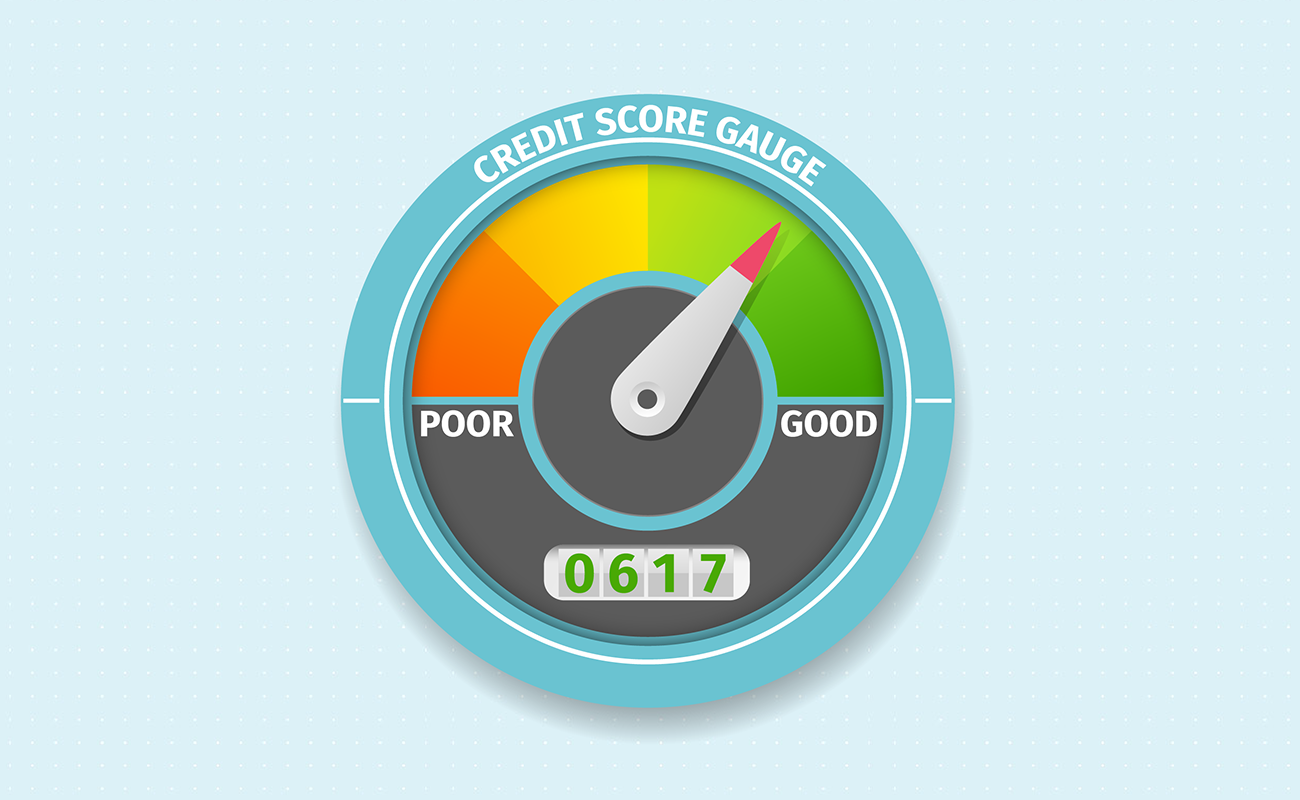
Credit scores are crucial in predicting your ability to pay a loan on time. Lenders use it as an indicator to determine whether you are a qualified borrower. You can request a free annual credit report here.
Credit report companies like FICO (Fair Isaac Corporation) and VantageScore are used by different lending companies. However, FICO is commonly utilized by 90 percent of lenders in the U.S.
Basically, a higher credit score suggests you are more likely to pay back a loan. The National Credit Union Administration states that your credit report is based on the following financial information:
Credit score ratings depend on the standards set by a credit report company. For FICO, scores between 670 – 739 are considered good. The table below shows how FICO scores impact your ability to obtain low mortgage rates.
| Range | FICO Classification | Impact |
|---|---|---|
| 800 – 850 | Exceptional | Get the best available mortgage rates |
| 740 – 799 | Very Good | Obtain better than average rates |
| 670 – 739 | Good | Likely gets you approved for credit |
| 580 – 669 | Fair | Subprime borrowers who need to pay a higher rate |
| 300 – 579 | Very Poor | Will likely not be approved for credit |
Meanwhile, VantageScore ratings between 661 – 780 pass as good credit scores. See how their scoring system affects your mortgage qualifications in the table below.
| Range | VantageScore Classification | Impact |
|---|---|---|
| 781 – 850 | Excellent | Gets you the best rates at favorable terms |
| 661 – 780 | Good | You’ll likely get approved with competitive rates |
| 601 – 660 | Fair | You may be approved for credit but without competitive rates |
| 500 – 600 | Poor | You may be approved for credit but with unfavorable rates |
| 300 – 499 | Very Poor | Will likely not get you approved for credit |
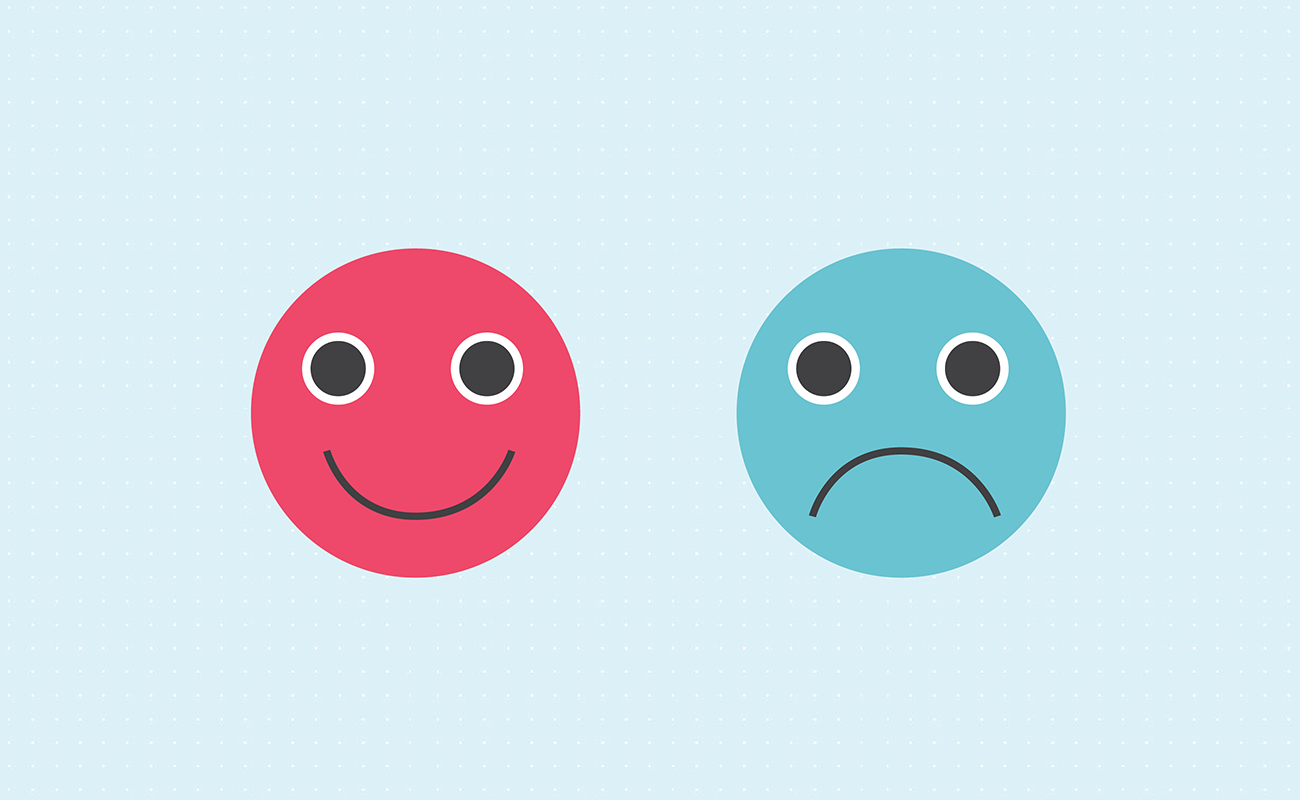
For your credit history, credit bureaus are particular with late payments and how frequently you miss them. They also look at the number of accounts you have, how many of them still have a balance and if you’ve opened new accounts.
How well you manage your income and pay off balances determines whether you’re qualified for a particular loan. To improve your credit score, you should employ the following steps according to Experian:
Poor credit scores can take 12 to 24 months to improve, according to Bruce W. McClary, Communications Vice President of the National Foundation for Credit Counseling. Before you decide to buy a house, give yourself enough time to increase your credit score to become eligible for your preferred loan.
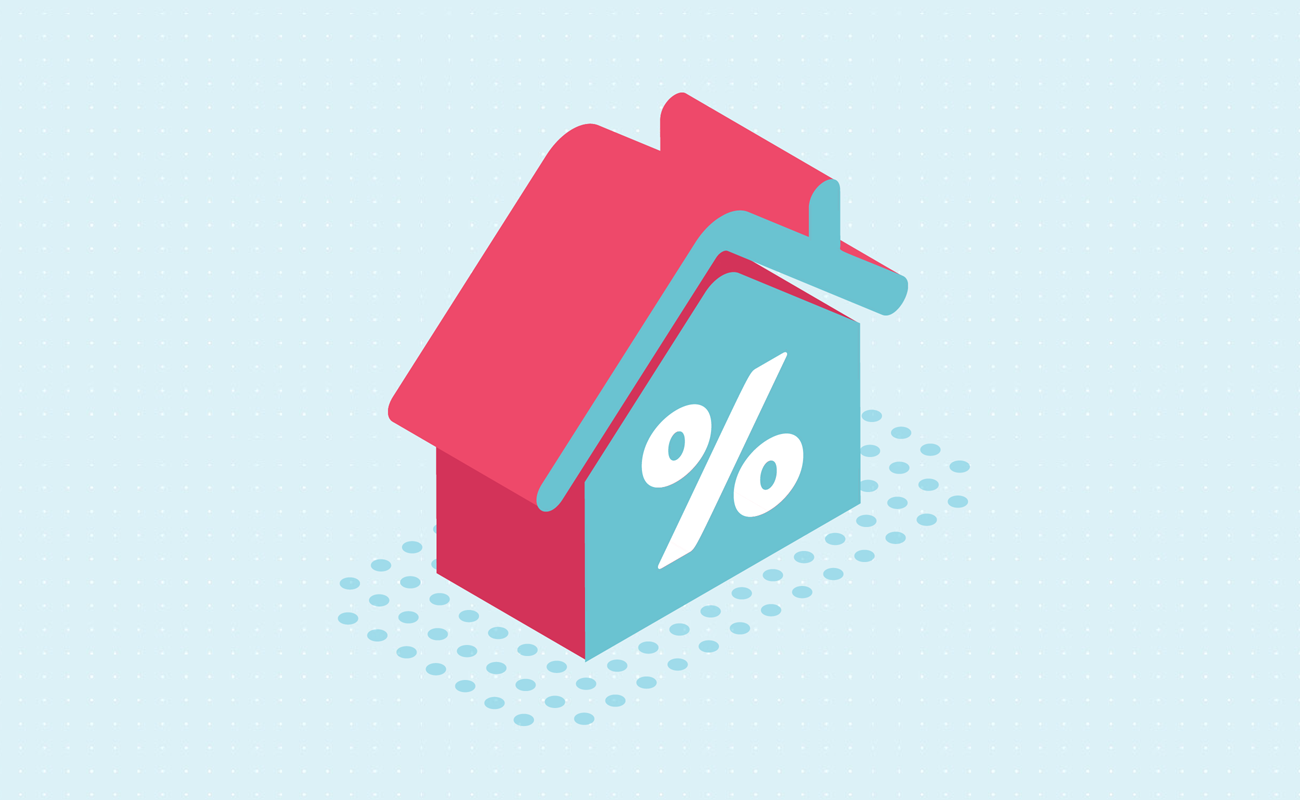
Before you start shopping around for a house, inquire about different loan options. It’s important to review how terms and interest rates can affect your ability to pay off your mortgage.
Eligible borrowers can choose from government-insured housing loans and conventional loans. For mortgage rates, you can opt for a fixed rate mortgage or an adjustable rate mortgage (ARM). Terms vary from 15 to 30 years, which depends on the type of loan. Let’s review the different housing loan options below.
Conventional mortgages are any type of loan that is not offered or insured by the government. These loans are originated by private lenders such as mortgage companies, credit unions and banks. Government-backed enterprises such as the Federal Home Loan Mortgage Corporation (Freddie Mac) and the Federal National Mortgage Association (Fannie Mae) often package these loans into mortgage-backed securities which are then sold to investors.
Conventional loans are ideal for high-income individuals with good credit scores and a stable revenue source. These types of loans comprise around two-thirds of homeowners’ loans given to borrowers in the U.S.
How are conforming loans different from a Jumbo Mortgage?
Unlike conventional loans, jumbo mortgages exceed the “conforming limit” or the amount insured by Freddie Mac and Fannie Mae. According to Experian, jumbo loans usually come with far stringent credit requirements, imposing meticulous evaluation of a borrower’s financial capability.
The table below provides details about conventional loan qualifications, rates and costs.
| Requirements | Conventional Mortgages |
|---|---|
| Credit score | Around 680, but a score of at least 700 and up is preferred by lenders |
| Front end DTI | The ideal borrower should have at most 28% |
| Back end DTI | The ideal borrower should have at most 36% Should not go over 43% Some people carrying student loan debts may be able to qualify up to 50% |
| Rates | Fixed and adjustable rate options are available 15-year fixed mortgages usually charge lower rates than 30-year fixed loans You pay a higher rate if you make a low down payment or if you have a lower credit score Jumbo loans above the conforming limit commonly charge slightly higher rates |
| Down payment | The average down payment is around 10 percent Can be as low as 3 percent Putting 20 percent down eases your PMI payment |
| Cost | The average closing cost is around $3,700 PMI can be canceled when the loan-to-value ratio (LTV) reaches 80%. It is automatically canceled when the LTV reaches 78%. |
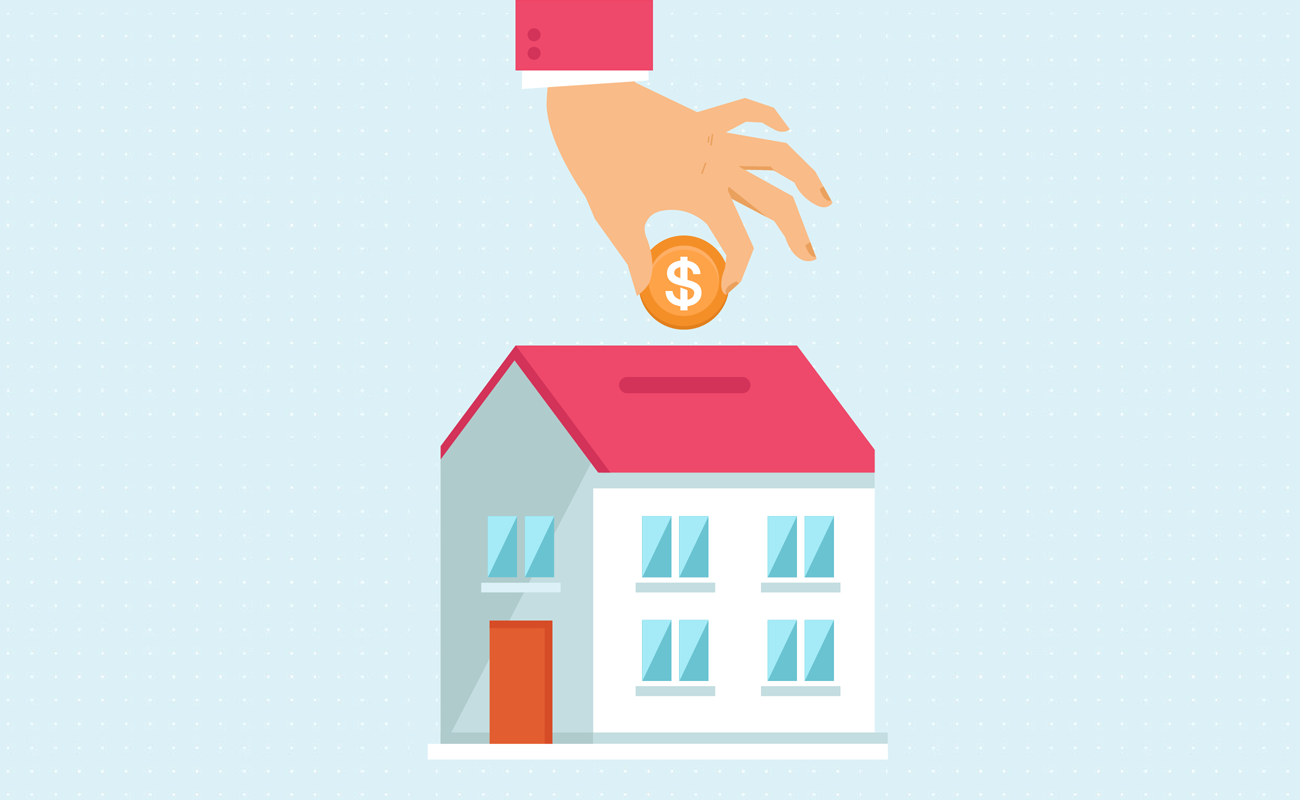
The government offers three types of mortgage programs to aid borrowers in purchasing property. These housing programs include:
The Federal Housing Administration's FHA loans help people with low credit scores, low downpayment & limited income qualify for loans.
The Department of Veterans Affairs offers VA loans, which help active duty military, reservists, and veterans qualify for loans with low down payment requirements.
The U.S. Department of Agriculture administers USDA loans, which can be used to buy rural properties. Around 97% of the United Staetes land mass qualfies.

Federal Housing Administration loans are suited for individuals with low credit scores with limited savings available for a down payments. This loan is a popular option for first-time homebuyers.
In this type of loan, you are normally required to pay a mortgage insurance premium (MIP) throughout the entire duration of the loan because of the low minimum required down payment (up to 3.5 percent of the loan amount). As for terms, FHA typically provides 15 to 30-year fixed rate terms.
Review the table below for more information on FHA eligibility, costs and rates.
| Requirements | FHA Loans |
|---|---|
| Credit score | The minimum credit score requirement is 580 You can qualify with a credit score of 500 if you pay a 10% down payment |
| Front end DTI | The ideal borrower is 31% or lower |
| Back end DTI | Should not go above 43% With compensating factors, can go as high as 50% |
| Rates | MIP is required throughout the life of the loan Rates are lower at the beginning for borrowers with low credit scores (It gets higher over time as you build home equity) Later on, FHA borrowers typically refinance into conventional loans when their credit scores increase |
| Down payment | If your credit score is above 580, down payment can be as low as 3.5 percent of the loan amount If your credit score is below 580, you need to make at least 10 percent down payment |
| Cost | Upfront cost for MIP is around 1.75 percent of the loan amount The annual MIP cost is around 0.45 percent to 1.05 percent of the loan amount MIP requirements last for the entire life of the loan |
| Ideal for | First-time home buyers with low credit scores often purchase using an FHA loan and refinance into a conventional loan after building equity |
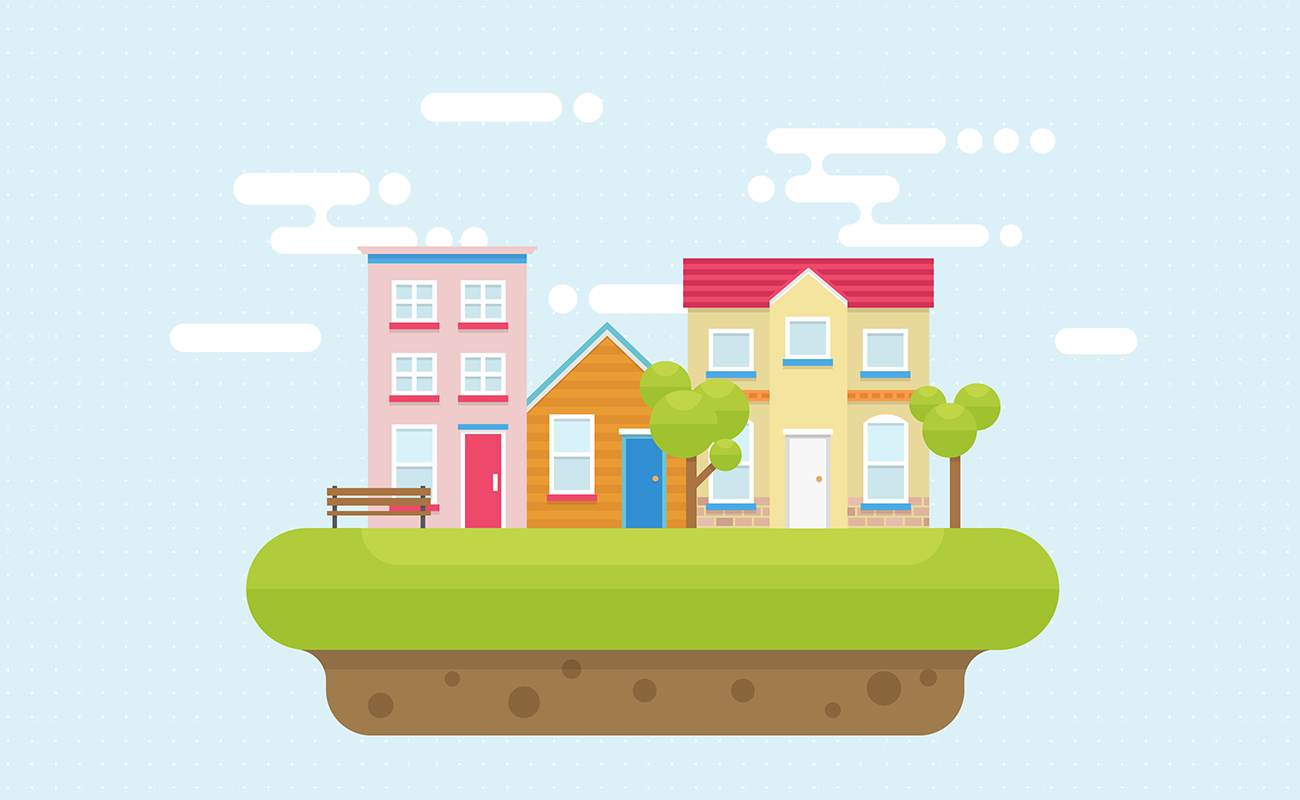
The USDA home loan offers a zero-down payment option that aids moderate-income homebuyers with a credit score of at least 640. The only condition is to purchase property in a USDA-approved rural area.
Borrowers with credit scores below 640 are still eligible, but they must file for manual underwriting.
Up to 97 percent of land in the U.S. is available for USDA mortgage programs. Furthermore, this loan option helps improve economic growth in relatively low population areas in the country.
The following table shows more information about USDA loans, including qualifications, cost and interest rates.
| Requirements | USDA Loans |
|---|---|
| Credit score | The minimum credit score is 640 |
| Max income limit * | $86,850 for 1-4 member households |
| Front end DTI | Qualified borrower should be 29% or less |
| Back end DTI | Should not go above 41% |
| Rates | Federal government backing usually makes rates lower when compared to conventional loans |
| Down payment | Does not require a down payment |
| Cost | You must pay an upfront loan guarantee fee for 1 percent Entails an annual MIP of 0.35% Does not impose a prepayment penalty |
| Ideal for | Buyers of ordinary housing in rural areas |
* in HERA high-cost areas limits can rise as high as the following:

VA mortgages are specially designated loans for military veterans and active duty military members, including staff serving the National Guard and Reserves. These loans provide flexible, low-interest housing that does not require PMI and down payment.
While down payments are not imposed, a VA funding fee is required as a percentage of a loan to compensate for the taxpayer’s cost. This cost is often rolled into the VA loan as an upfront or closing payment.
Furthermore, VA appraisals do not include property inspection. They do not always assure buyers homes will be free of damages. Be sure to check the property yourself before purchasing the house.
Check the table below for itemized VA housing requirements, including costs and interest rates.
| Requirements | VA Loans |
|---|---|
| Credit score | The minimum credit score is 620 |
| Front end DTI | Back end DTI primarily used |
| Back end DTI | Borrowers must have at least 41 percent DTI This can go higher with substantial residual income |
| Rates | Government sponsorship make VA rates a bit lower than conventional loans |
| Down payment | No down payment is required If you are a borrower refinancing a house with a cash out, you can obtain up to 90 percent of the home’s equity |
| Cost | Does not require PMI Requires a VA funding fee (amount varies, see full details here) |
| Ideal for | Active duty military members, veterans, and National Guard and Reserves members |

When it comes to buying or renting a house, your lifestyle and goals will affect your decision. Both options have advantages and drawbacks, but financial readiness is a major factor in your ability to purchase property.
Depending on what stage you are in life, it might be more practical to rent first before buying a house. Assess the following conditions before opting to rent or purchase a home.
Buying a home requires a large sum of money, including a down payment between 3 to 20 percent of your home purchase price. While you can obtain a mortgage by paying less than 20 percent down payment, financial experts recommend paying more. Lower down payments usually entail heftier private insurance payments (PMI) for conventional loans.
In a CNBC interview with co-founder of AE Wealth Management David Bach, he emphasized that many people who lost their homes in the last recession only paid 5 percent down or opted for no-money-down loans.
If you do not have 20 percent equity of your property, PMI which is equivalent to 1 or 2 percent of your overall loan amount annually, is added on top of your monthly payments. Likewise, if you choose an FHA loan and pay less than 20 percent down payment, you will be charged a mortgage insurance premium (MIP) which also increases your monthly payments. This can make it harder for you to pay off your mortgage.
To protect yourself, it is more practical to pay more upfront than to keep losing money on high interest rates. Even if you do not have 20 percent of the loan amount, paying as much as you can will still help minimize your monthly payments.
Apart from monthly mortgage payments, homeowners also shoulder the following costs:
For more details about the pros and cons of homebuying, see the table below.
| Benefits | Disadvantages |
|---|---|
| Homeownership – build equity and credit | You need a large down payment (3%-20% of home purchase price) |
| Lock in expenses | Other fees on top of mortgage payments (property taxes, insurance, etc.) |
| Potential tax benefits | You spend time and money to maintain the property |
| Advantage from real estate appreciation | Sacrifices flexibility (if your mortgage is not paid, you cannot leave ) |
| Have control over your property (renovating, decorating, etc.) | Illiquid asset with high transaction fees (Realtor commissions, appraisals, loan approvals, etc.) |
| You don’t need to follow a landlord |
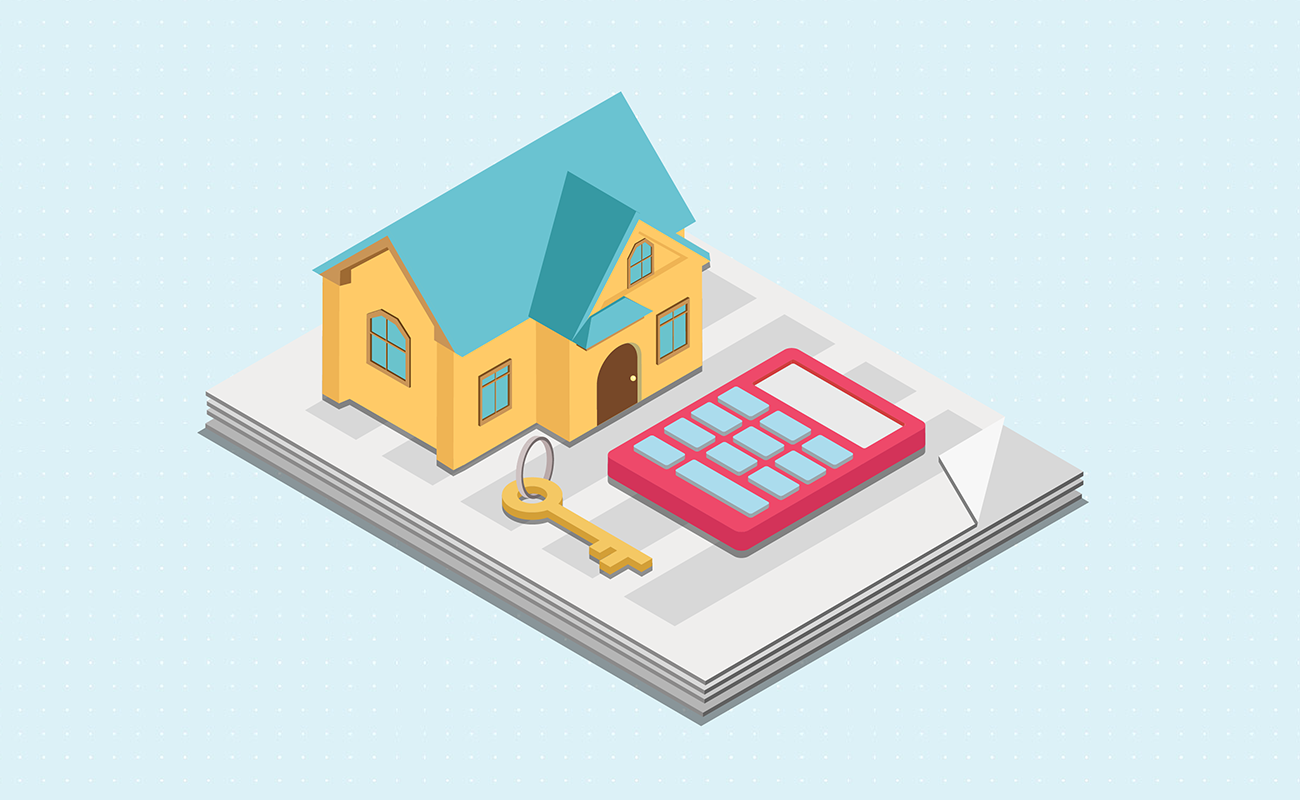
Home rental is favorable for people who are anticipating a series of life changes, such as young workers exploring employment opportunities in different cities.
At least 50 percent of U.S. renters are below the age of 30, according to the National Multifamily Housing Council. This shows that young adults prioritize flexibility, allowing them the freedom to move around to explore and build their careers.
Moreover, since renting generally does not cost as much as a mortgage, it’s also good for couples who are planning to get married or have children.
Renting allows individuals and families to save income until they are ready to make major life purchases. For single parents and individuals going through a divorce, it can help them reduce their expenses and manage debt.
When you rent a house, you must review a lease which details the following terms:
Take note: Landlords also do background checks and review credit scores before accepting renters. Moreover, you must pay a security deposit which usually comes in 2 payments:
In case you cannot meet the payment terms, these security deposits have you covered. Once you move out, you should be able to get your security deposit back. However, do not expect to get your deposit back if you cause damage to the property, or if you leave the rental home before the lease period ends.
A lease can last for a year or longer. However, if you only plan to stay for a couple of months, choose a short-term or month-to month lease.
Rental costs largely depend on the location. Apartment search platform Zumper reported that the national median cost for a one-bedroom apartment is around $1,216 in a December 2019 article.
If property price is higher in a state, rental costs also increase. Cities like New York, San Francisco and Boston typically have expensive rent, whereas less densely populated cities like El Paso, Tucson, and Bakersfield have lower rental fees.
The downside to home rental? If you keep renting, you’ll be spending money on property that you cannot own. Landlords can also raise your rent, or even decide to sell the home or apartment with short notice.
For detailed information on the benefits and downsides of renting, see the table below.
| Advantages | Disadvantages |
|---|---|
| Not as expensive a mortgage – you only spend on deposit, monthly payment and the cost of moving | The monthly rent can increase |
| Gives more opportunity to build income | Landlord can sell the property, so you need to move |
| Affords you flexibility to move | You must follow house rules (No smoking, no pets allowed, etc.) |
| Requires less responsibility – Landlord takes care of maintenance and repairs | For people with poor credit score – Your landlord may charge more rental expense through an adverse report notice |
| No property tax bills | It does not help you build home equity |
| You get no tax benefits |
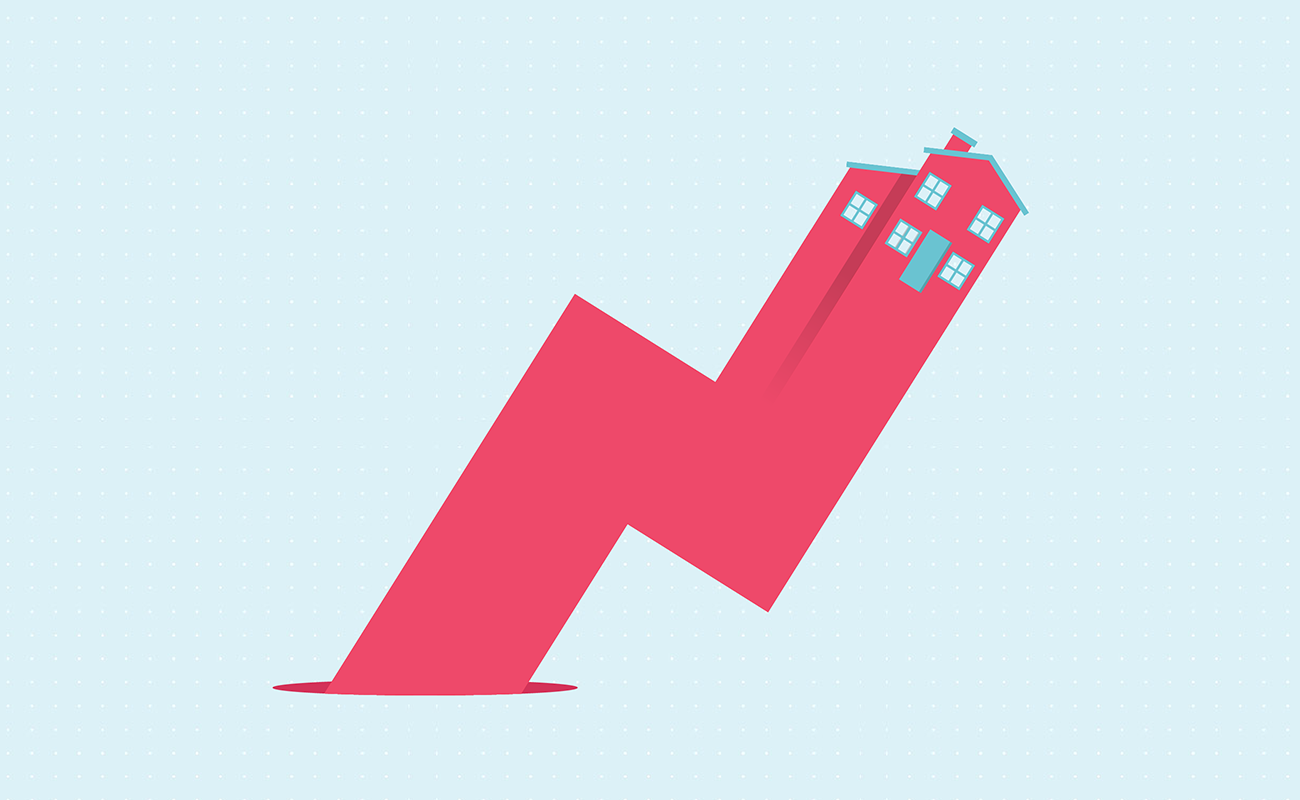
Many borrowers prefer the certainty of a fixed rate mortgage, enabling them to prepare the right payment every month. In this mortgage option, interest rates may increase or decline depending on certain market factors, but your payments will relatively stay the same.
On the other hand, there are borrowers who opt for adjustable rate mortgages (ARM). These individuals have more income and are willing to take the risk in case rates rise. ARM provides low initial payment, which enables borrowers to possibly prepay their mortgage if rates go higher in the future.
The table below lists down the benefits and disadvantages of fixed rate and ARM mortgages.
| Fixed Rate Loans | Adjustable Rate Mortgages (ARMs) | |
|---|---|---|
| BENEFITS | Even if the market conditions shift, your payments will remain the same | Charges lower initial interest rate |
| Allows you to build home equity right away | Offers lower upfront monthly payment | |
| No sudden payment amount changes from resetting rates | ||
| DISADVANTAGES | You must make higher down payments |
As interest rates rise and the teaser rate period ends, your monthly payments can rise dramatically |
| It charges higher upfront interest rate in return for stability |

Whether you want a traditional family home or a townhouse, most of us want a beautiful home. But apart from knowing exactly what kind of home you prefer, it’s important to choose where it is located.
Factors surrounding a home’s locality influences its value. Homebuyers who select the best spots usually get property that depreciates or loses value at a much slower pace. For instance, you might want a house near a park that is also close to public transportation and accessible roads. These conveniences are crucial because they ultimately shape our day to day lives.
Why is location vital? A home is a depreciating asset which gradually reduces in value. Meanwhile, a piece of land or lot is more likely to retain its value or even appreciate in value over time. Larger lots in good locations tend to cost more. A house can be remodeled to improve its value, while your land’s location can never be changed.
Consider the following factors when you assess a home’s location:
Take the time to choose a locality that suits your lifestyle and needs. While this largely depends on your personal preference, take a closer look at what a neighborhood has to offer.

When surveying an area, check how long houses typically stay in the market. If homes are sold relatively fast, this indicates it’s a good place to live.
Consider these three main factors before buying a home:
1
Appearance – Choose areas with green community spaces. Even urban areas should have trees and well-maintained landscapes. Stay away from zones with abandoned homes or buildings, as these places may attract interlopers. Make sure to live in cities with lower crime rates.
2
Amenities – Is your home close to shops, restaurants and grocery stores? How about green parks and recreation centers? Good neighborhoods make it easier for people to frequent these places. Ideally, you should not have to drive a long way to do simple activities.
3
Accessibility – A good home should be located close to major roads with several entry ways. Consider how easy it is to commute to work or take children to school. You should have convenient access to public transportation.
A home’s suitability is also affected by commercial developments. In certain instances, nearby facilities and business establishments may help improve a property’s price.
Real estate value increases depending on public infrastructures and future developments in an area. Check if a house is close to structures that improve community living, including proximity to schools, commercial enterprises and public transportation. For schools, even if you do not have children, quality schools around your locality makes your home attractive to future buyers.
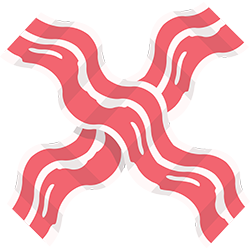
While accessibility is important, there is a downside to living too close to busy thoroughfares and commercial establishments. Apart from the noise, you will have to deal with traffic and parking difficulties if you live near a mall, gas station or community center.
For many homebuyers, the noise and traffic congestion are critical factors in their search for a pleasant location. This can reduce your home’s value and make it difficult to sell your property in the future.
Land is a scarce resource, which means property prices go up with less space. Houses in cities with limited space for expansion often have more value than homes in neighborhoods with more room for property.
For instance, cities like New York and San Francisco are highly developed areas. Cities with thriving business districts make them desirable areas for people. However, land in crowded areas cannot accommodate more housing, making property more expensive compared to cities with room for growth.
Moreover, highly expensive housing has its drawbacks. It pushes certain areas to have unoccupied properties, eventually putting them into derelict states.

Buying a home requires extensive research so you can get the best deal. Evaluate your finances together with your credit score and the type of property you need.
Make sure to review all your mortgage loan options, from conventional loans to government-insured mortgages. It will help you save more income and pay your debt off faster.
Finally, choose a location that will help your property appreciate in value. Live in a neighborhood that has nearby public transportation with accessible roads and multiple entryways.
Jose Abuyuan is a web content writer, fictionist, and digital artist hailing from Las Piñas City. He is a graduate of Communication and Media Studies at San Beda College Alabang, who took his internship in the weekly news magazine the Philippines Graphic. He has authored works professionally for over a decade.